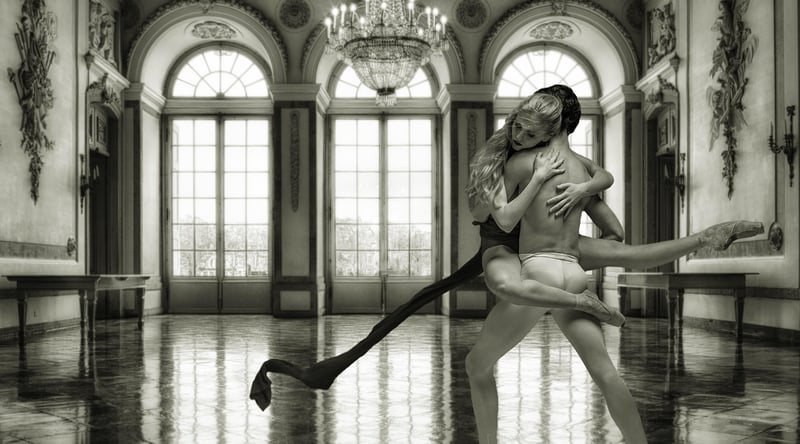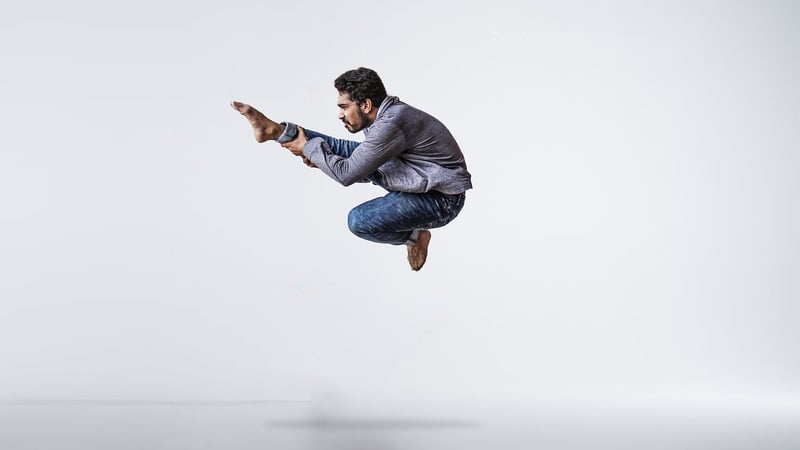Contemporary
The Art of Contemporary Dance: Expressing Emotions through Movement

Contemporary dance is a form of artistic expression that combines elements of several dance genres, including modern, jazz, and ballet. It is characterized by its fluidity, versatility, and emphasis on self-expression. Dancers use their bodies to convey emotions, tell stories, and explore abstract concepts through movement.
The Origins of Contemporary Dance
Contemporary dance emerged in the mid-20th century as a reaction against the rigid techniques of classical ballet. Pioneers such as Martha Graham, Merce Cunningham, and Pina Bausch played significant roles in shaping the form and pushing the boundaries of traditional dance.
Key Elements of Contemporary Dance
- Fluidity: Movements flow seamlessly from one to the next, creating a sense of continuity and grace.
- Emotional Expression: Dancers use their bodies to express a wide range of emotions, from joy and love to sorrow and anger.
- Improvisation: Choreography often includes elements of improvisation, allowing dancers to explore spontaneity and creativity.
- Contact Improvisation: Dancers engage in physical contact to create shared movements and explore weight, balance, and momentum.
Contemporary Dance Today
Today, contemporary dance continues to evolve and adapt to new influences and trends. Dancers blend elements of various styles and techniques to create unique and innovative performances that resonate with audiences around the world.
Whether it's a solo performance or a group piece, contemporary dance invites viewers to interpret and connect with the movements on a personal level, making it a powerful form of artistic expression.
If you're looking to explore the world of contemporary dance, consider attending a performance or taking a class to experience the beauty and emotion of this dynamic art form.

